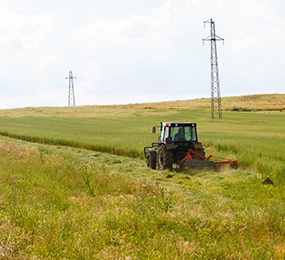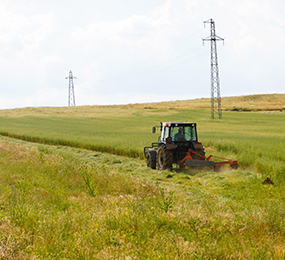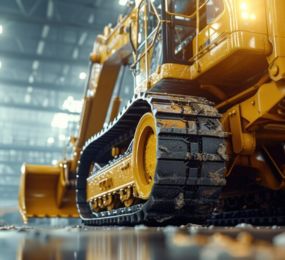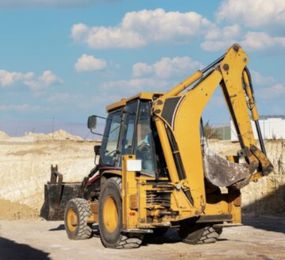Challenges and Opportunities for Electric & Hybrid NRMM
Electrification Possibilities
An electric powertrain may be viewed as an innovation platform for improving the performance of traditional technologies and providing consumers with new, innovative options. Driving comfort is an essential aspect for passenger cars, and it has been acknowledged in mobile machinery as well. Electric control systems have the potential to improve the user experience and make formerly unpleasant labor considerably more comfortable. Agricultural tractors, for example, equipped with an electric power take-off (PTO), might motivate other manufacturers to build implements that use electric power rather than mechanical or hydraulic power.
The DC design is less expensive for the tractor but more expensive for the implements, while the AC architecture is more complicated for the tractor. Higher complexity systems for implementations can be constructed using the DC architecture, which is more difficult with the AC design. From a control standpoint, the AC architecture allows for a dispersed control topology. A recent study article examined the electrification of tractors and agricultural machines. According to the findings, the primary benefits of equipment electrification include improved torque and speed control, noise reduction, and a more flexible design.
Development of Components
Electrical energy storage systems are critical to the success of mobile equipment powertrain electrification. The technical advancement of lithium-ion batteries has been extremely advantageous, although growth has been slower than projected. For NRMM, battery specific power and energy, longevity, and prices are critical. Thermal management of lithium-ion batteries is a particular practical difficulty since operating in hot and cold temperatures increases aging and reduces battery performance in low temperatures. Other, more sophisticated battery chemistries are being developed under the shadow of lithium-ion batteries.
Some of them, such as lithium-sulfur and metal-air batteries, offer a lot of promise, but the development from concept level chemistries to actual real scale battery system takes a long time, even more than 10 years. Among these battery technologies, Li-Ion has the best actual energy density while not having the maximum theoretical energy density.
Cost-cutting measures
The high cost of electric components is frequently the principal barrier to economically viable NRMM electrification or hybridization. The vehicle mass manufacturing will not assist NRMM. Individual component cost reductions are essential, but because NRMM are so different, system development and integration costs might be regarded much more crucial.
One possibility for cost reduction is to use integrated powertrain systems such as engine-generators and traction motor-gear systems. Overall, cost management must be extended to the vehicle and company levels, implying that the economic advantages of electric and hybrid powertrains are more likely to be created in the context of the lifetime rather than by a single element such as fuel cost or component cost.
Hypes in Technology
Many new technologies have a hype period when there are high expectations in proportion to the existing condition. Around 2010, there was a lot of buzz around car electrification. Technology hype has both beneficial and harmful consequences. Even the majority of people are becoming more interested in technology as a result of these hypes.
They may also persuade governments and other decision-makers to advocate the adoption of alternative technology, which may result in special policies favoring new technologies. A technical buzz is sometimes required to attract enough attention and financing for research and development. Early investors may gain greatly from hype in the form of larger returns. As a negative effect, hype is frequently followed by disappointment, or at the very least, true development is considerably slower than predicted, and it is only accomplished by gradual stages of innovation. After the peak of the euphoria has been achieved and expectations have become more reasonable, true growth and devoted work generally begin.
Integration of Systems
As hybridization is likely to be the first important step toward broad electrification of mobile machinery, particular integrated subsystems such as diesel generators and motor transmissions are and will be critical. Diesel generators are generally built for stationary usage nowadays, and therefore do not meet the demands of NRMM. A diesel generator for a mobile machine must be as small and light in size and weight as any off-road or on-road diesel engine in today's equipment. The coupling of an electric motor and a gearbox is another integrated system. Many machines require gear reductions from the electric motor to the wheels because they work primarily at low driving speeds and require a significant amount of torque at the wheels.
Visit our website to know more: https://bit.ly/3UZP3yg
For more information and group participation, contact us: [email protected]
Leadvent Group - Industry Leading Events for Business Leaders!
















